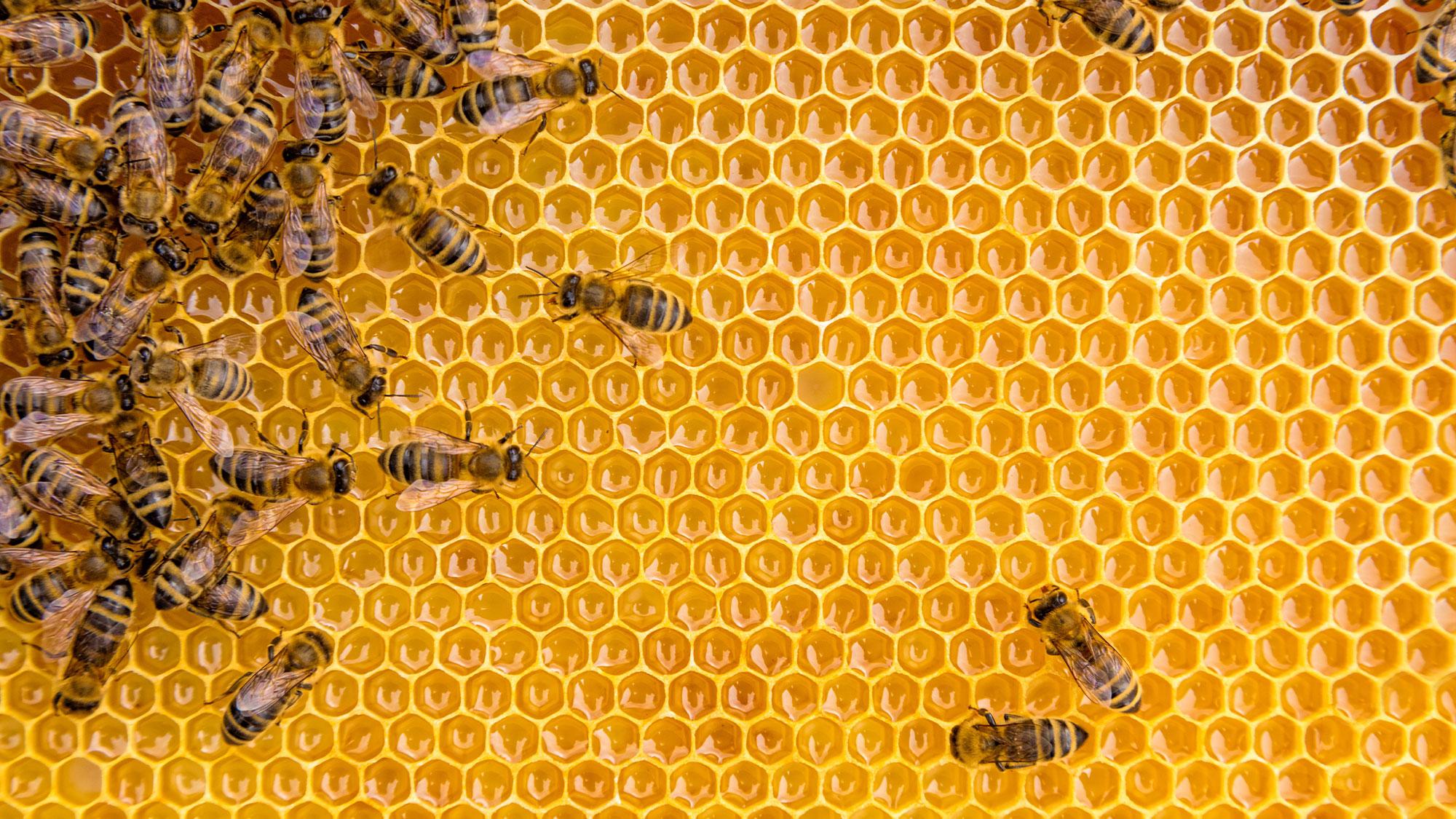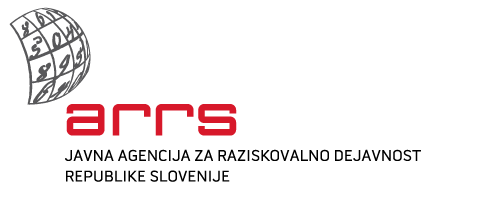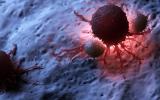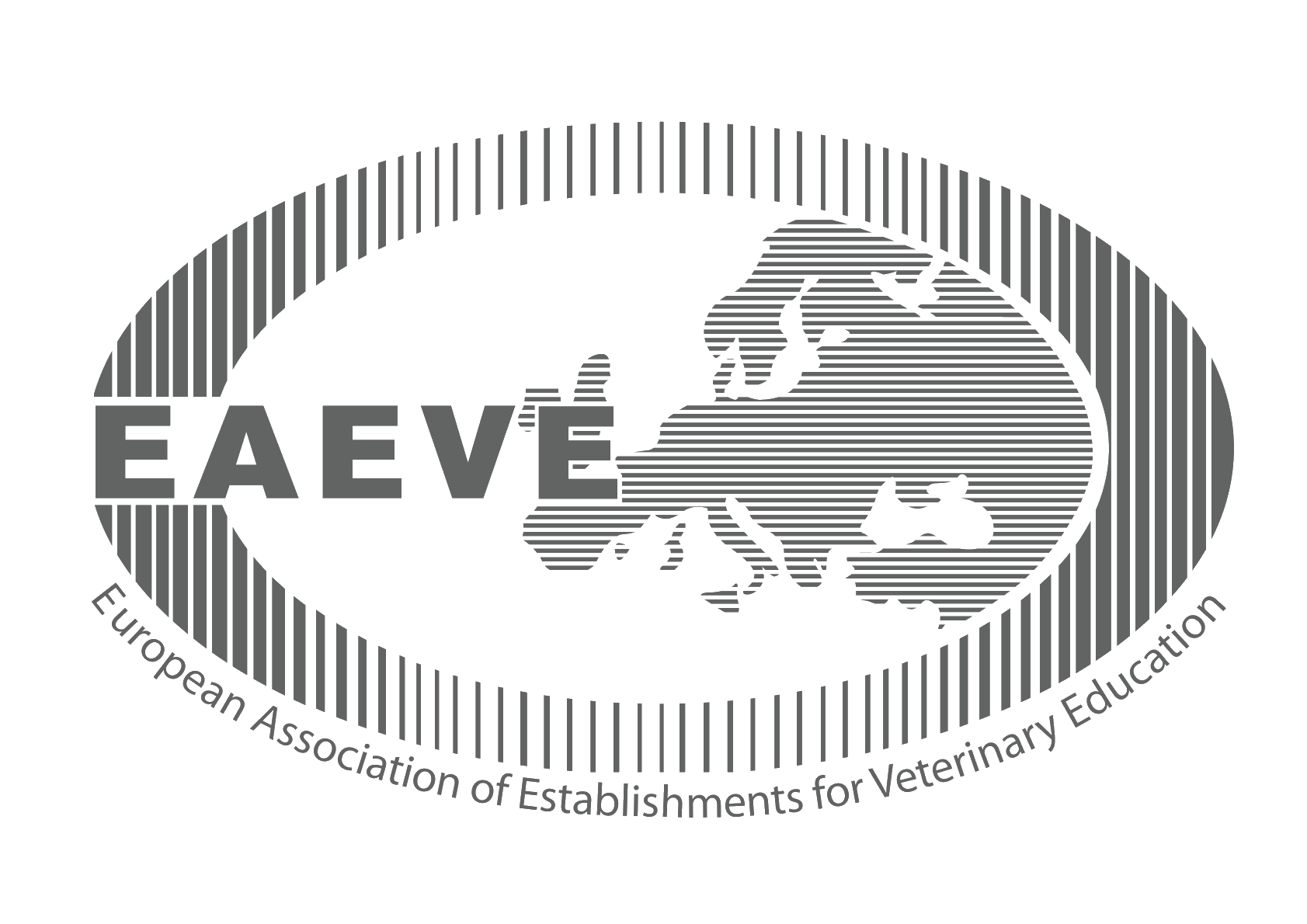Z4-3216

Genetic diversity and virulence of Paenibacillus larvae, the causative agent of American foulbrood

General Data
Member of UL |
Veterinary Faculty |
|
Name of the leading partner |
||
Status |
Leading Partner | |
Project code/ Project No. |
Z4-3216 | |
Project Title |
Genetic diversity and virulence of Paenibacillus larvae, the causative agent of American foulbrood | |
Financier |
ARRS | |
Project period |
1.10.2021–30.09.2023 | |
Yearly sum of FTE |
1 FTE (63.733 EUR) | |
Leader |
Bojan Papić | |
Scientific field |
4 – Biotechnical sciences, 4.04 – Veterinarian medicine | |
Partners |
|
Project Phases
WP 1 |
Quantification of P. larvae
|
|
WP 2 |
Virulence of P. larvae
|
|
WP 3 |
Genotyping of P. larvae
|
|
WP 4 |
Dissemination of results |
Project description
Paenibacillus larvae is the causative agent of American foulbrood (AFB). It is the most important bacterial disease of honeybees, causing severe losses in the beekeeping industry. Due to the high importance of honeybees as pollinators, AFB also has a wider ecological significance. Epidemiological surveillance of P. larvae is an essential part of the preparation and implementation of successful AFB control and prevention programmes. Over the past 15 years, surveillance of P. larvae has been based on the amplification of ERIC sequences by polymerase chain reaction (PCR), which classifies P. larvae into five ERIC types. Epidemiologically most important types are ERIC I and ERIC II, which differ in virulence; ERIC I is more virulent at the colony level, whereas ERIC II is more virulent at the larval level. ERIC typing has a limited discriminatory power and is therefore not suitable for identifying P. larvae transmission routes and delineating AFB outbreak clusters. Multilocus sequence typing (MLST) has a somewhat higher discriminatory power and classifies P. larvae into sequence types (STs); 30 STs are currently known. Whole-genome sequencing (WGS) represents a major advance in the field of microbial typing due to its unprecedented discriminatory power. Moreover, it provides insight into the complete set of genes of the studied isolate, including virulence and antimicrobial resistance traits.
Higher numbers of P. larvae spores in bee-related samples, especially in hive debris and nurse bees, are associated with an increased risk of developing AFB and poorer sanitary status of the corresponding honeybee colony. Thus, reliable methods for quantification of P. larvae in such samples are needed. Early detection of colonies with an increased risk of developing AFB would represent a considerable improvement in preventing the spread of AFB. Conventional plate counting of P. larvae spores is not reliable due to their poor and inconsistent germination. In the scope of the target research programme V4-1804, we implemented reliable molecular quantification of P. larvae in honey and debris samples using real-time quantitative PCR (qPCR), which was initially calibrated using digital PCR (dPCR) and allowed us to overcome the limitations of culture-based methods.
In the first part of the proposed project, we will validate qPCR for nurse bee samples. Then, we will quantify P. larvae in nurse bee and hive debris samples using qPCR. Samples will originate from colonies with varying clinical AFB status. We will define the relationship between spore counts in hive debris and nurse bees and AFB clinical symptoms of the corresponding colonies, with the aim to identify the colonies with an increased risk of developing AFB. In the second part, we will conduct larval exposure assays, in which honeybee larvae will be exposed to different P. larvae genotypes of the same ERIC type. This will provide insight into the virulence of different P. larvae strains of a particular ERIC type (not only ERIC type I and II type strains), which is so far poorly known, including the virulence of ST30 and isolates with novel ERIC I profile variants, which we recently discovered among P. larvae isolates from Slovenia in the scope of the project V4-1804. In the third part, we will use WGS to define the genetic characteristics of retrospectively and prospectively obtained P. larvae isolates, including plasmids, virulence and resistance traits and biosynthetic gene clusters. The collected results will improve the understanding of the genetic diversity and evolution of P. larvae and identify possible associations between clinically relevant genetic traits and ERIC, MLST or wgMLST type. The collected results on the association between P. larvae spore counts and AFB clinical symptoms, virulence of the selected P. larvae strains and the genetic potential of P. larvae will represent an important contribution to AFB surveillance on a global scale.
Structure of the project group
Location
Gerbičeva 60
SI-1000 Ljubljana
Slovenija
Sample Reception
Samples are received at several locations throughout Slovenia. See where.
The veterinarian on duty
Emergency veterinary assistance for dogs and cats and a telephone number of constant readiness.
Library
A wide selection of domestic and foreign professional literature in the field of veterinary medicine and other sciences.
Main navigation
-
Education
- Informativni dan
- Why to become a veterinarian?
- Undergraduate Studies
- Postgraduate studies
- Pripravništvo
- Summer Schools
- Continuous education
- Professional Development
- International Activity
- Mednarodna dejavnost - Tuji študentje
- The Path to Creative Knowledge
- Tutoring
- Extracurricular Activities
- Career Centres
- Alumni
- Student organizations and societies
- Quality Assurance
- Clinics
- Diagnostics
- Dobrobit
- NVI
- Research
- About us
- Hub




